Hardtop gazebos have become a favored fixture in many gardens and backyards. These structures offer a sense of elegance while providing a functional sheltered outdoor space. So, can I install a hardtop gazebo on grass?
With their sturdy build, they raise questions on whether such a robust structure can find its footing on a yielding surface like grass. This article delves into the feasibility, processes, and considerations of installing a hardtop gazebo on a grassy area.

Contents
- 1 Understanding the Basics of Hardtop Gazebos
- 2 Pre-Installation Considerations
- 3 Can I Install A Hardtop Gazebo On Grass?
- 4 Pros and Cons of Installing on Grass
- 5 Maintenance Tips for Gazebos Installed on Grass
- 6 Selecting the Right Size and Style
- 7 Pro Tips
- 8 Frequently Asked Questions (FAQs)
- 8.1 Can I install a hardtop gazebo by myself?
- 8.2 How long does a hardtop gazebo last when installed on grass?
- 8.3 What is the cost difference between installing on grass versus a prepared surface?
- 8.4 Can I move my hardtop gazebo once it is installed on grass?
- 8.5 How do I protect my grass from dying under the gazebo?
Understanding the Basics of Hardtop Gazebos
Material and Durability
Hardtop gazebos are typically made from resilient materials such as metal or polycarbonate. These materials are selected for their strength and ability to withstand diverse weather conditions.
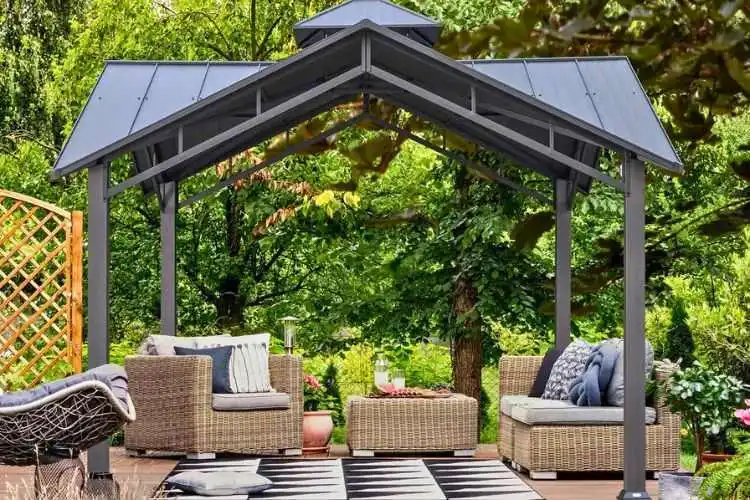
When contemplating the installation of such a gazebo, it’s beneficial to acknowledge its substantial weight and the need for a supportive foundation.
Why Choose a Hardtop Gazebo?
A hardtop gazebo is the go-to choice for homeowners looking for protection against the elements all year round.
The durability of these gazebos often translates into a longer lifespan, making them a wise investment compared to their soft-top counterparts.
Pre-Installation Considerations
Assessing the Terrain
Before erecting a gazebo on grass, one should evaluate the lay of the land. A level surface is key to a stable structure. Grass areas can be uneven and may need attention to ensure a balanced setup.
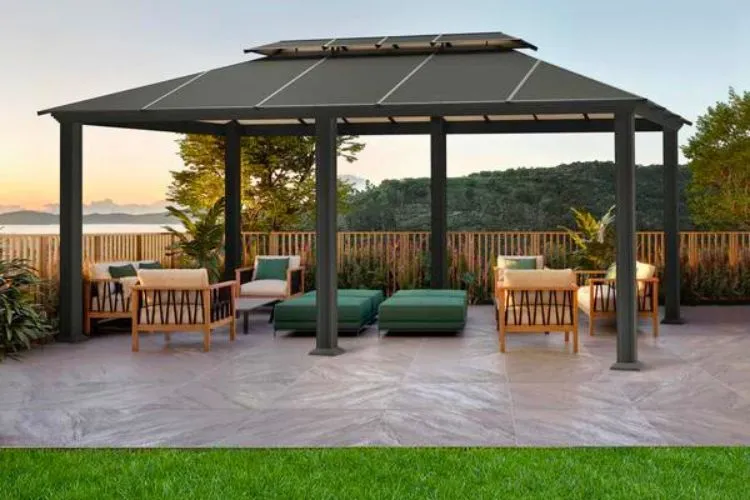
Importance of a Solid Foundation
A solid foundation isn’t just ideal; it’s essential. It supports the structure, contributes to its longevity, and most importantly, ensures safety. Without a firm base, the gazebo may settle unevenly or shift, posing risks to stability.
Local Regulations and Permissions
Before taking any concrete steps, it’s necessary to consult local authorities. This proactive approach can save one from potential legal headaches that come with unpermitted constructions.
Can I Install A Hardtop Gazebo On Grass?
The initial phase of the installation involves demarcating the designated area for the gazebo. This stage is crucial for determining the exact positions and for the avoidance of disturbing any underground utilities.
Preparing the Site
To prepare the ground, one must remove the top layer of grass and level the soil beneath. Creating a base over the soil can be accomplished using one of several methods.
Concrete footings are a robust option, while paver stones or wooden decking offer easier but still dependable alternatives.
Assembling the Hardtop Gazebo
The actual assembly should follow the manufacturer’s guide meticulously. It generally requires systematically organized parts and tools. Once erected, the gazebo must be securely anchored to the base to prevent movement from wind or other forces.
Pros and Cons of Installing on Grass
Pros
Choosing to install a gazebo directly on grass has its advantages. The natural grass foundation can beautifully integrate with the garden space. Additionally, opting for grass might reduce initial costs associated with preparation.
Cons
On the flip side, more extensive groundwork might be necessary to ensure stability. Over time, structures on grass are more prone to movement due to soil settling, leading to potential alignment issues or even damage.
Maintenance Tips for Gazebos Installed on Grass
Regular maintenance checks are vital. This includes inspecting for any signs of the gazebo settling or shifting.
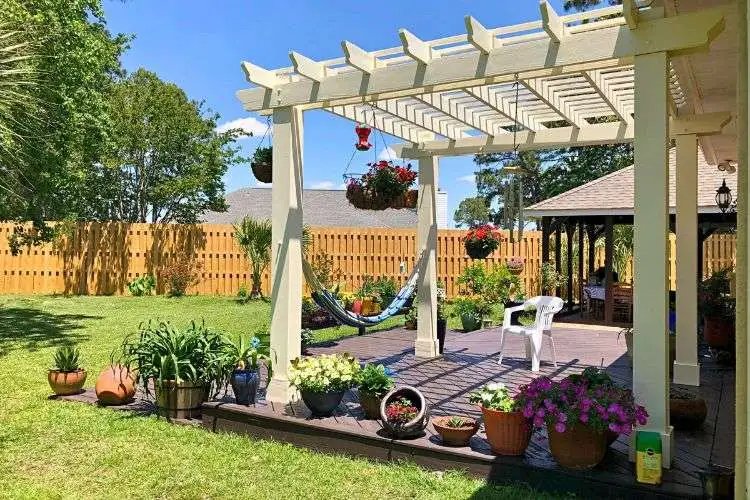
Ensuring good drainage around the structure will prevent water from weakening the foundation. A seasonal maintenance regimen should be established and followed.
Selecting the Right Size and Style
Considering the Garden Layout
Choosing the appropriate size for a gazebo involves careful consideration of the garden’s layout and available space. It’s essential to select a gazezebo that fits comfortably within the yard without taking up excessive room or obstructing pathways and views.
Measure the space where you plan to place the gazebo, ensuring there is enough clearance around it for easy access and maintenance.
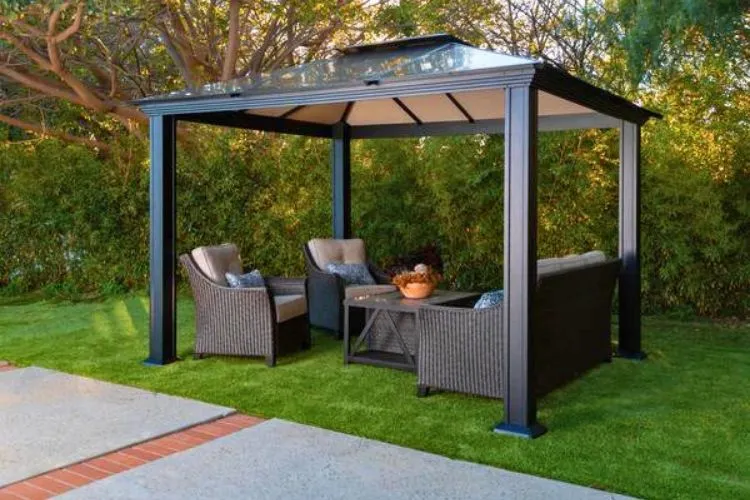
Additionally, consider the gazebo’s purpose—whether it’s for large gatherings or intimate seating—to determine an appropriate size that also allows your garden space to breathe and flow naturally.
Matching Gazebo Style to Home Architecture
The style of the gazebo should seamlessly integrate with your home’s architectural theme to enhance the overall aesthetic appeal.
For instance, a modern home might benefit from a minimalist gazebo design with clean lines and minimal ornamentation, while a traditional dwelling could be complemented by a gazebo with classic woodwork and intricate details.
Choosing a gazezebo that echoes the architectural elements of your house not only ensures visual harmony but also adds to the cohesiveness of your property’s design.
Consider materials and colors that match or complement your home to create a unified look.
Pro Tips
Enlisting the help of a professional in landscaping or construction can provide valuable insights. Planning for future maintenance access when laying out the gazebo is wise.
Also, select a design that complements the existing outdoor and home aesthetics to create an appealing and cohesive look.
Frequently Asked Questions (FAQs)
Can I install a hardtop gazebo by myself?
The complexity of assembling a hardtop gazebo suggests that doing it solo could be challenging. Assistance or professional help can prevent mishaps and ensure a secure installation.
How long does a hardtop gazebo last when installed on grass?
A gazebo’s lifespan can vary, influenced by maintenance practices and regional weather patterns. Proper care can significantly extend its life, even when installed on grass.
What is the cost difference between installing on grass versus a prepared surface?
The cost of installing a gazebo on grass might initially seem lower, but the necessary ground preparation could reduce or negate these savings.
Can I move my hardtop gazebo once it is installed on grass?
Relocating a heavy structure such as a hardtop gazebo can be difficult and may require disassembly and reestablishing a level base at the new location.
How do I protect my grass from dying under the gazebo?
Encouraging grass health involves allowing sunlight and water to reach it. If the concern is significant, consider alternate flooring options within the gazebo to allow grass to thrive around it.
Conclusion:
Proper installation of a hardtop gazebo on grass is not only possible but can add to the beauty and utility of an outdoor space. It demands careful planning and execution. If there’s any uncertainty, professional advice can steer the project toward a successful outcome.
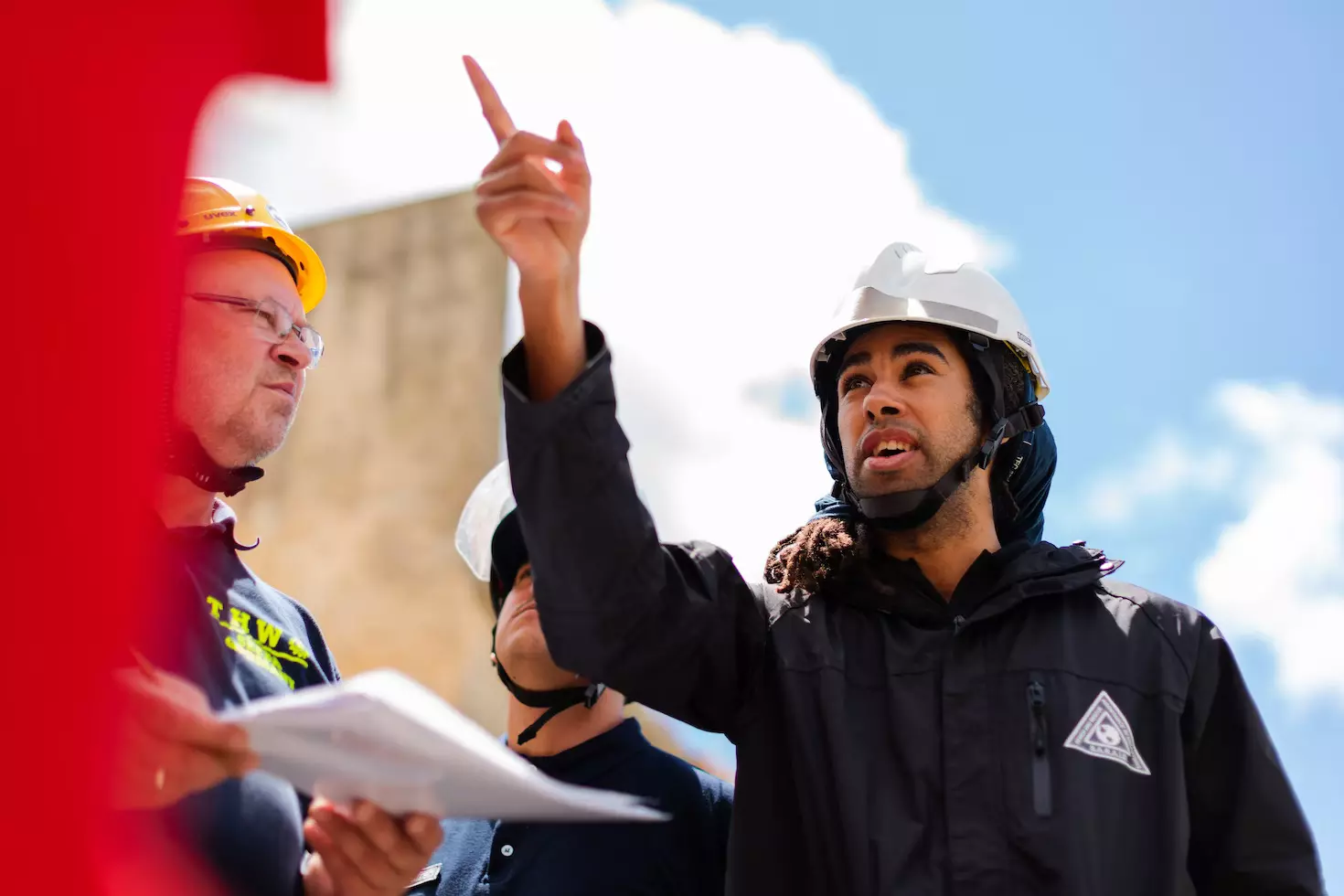
Sergio Gomes, a passionate advocate for outdoor living and the male voice behind Shades Authority. With years of experience, Sergio is your trusted source for expert insights on gazebos, pavilions, cabanas, pergolas, and all things outdoor shade solutions. Join him on a journey to transform your outdoor spaces into stunning, functional retreats
